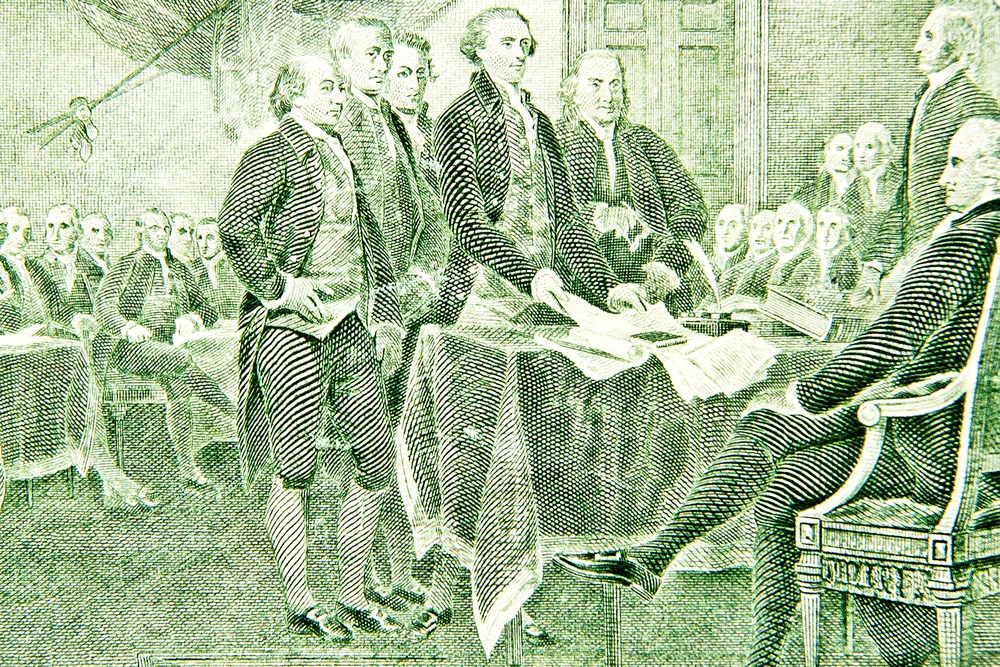Happy Independence Day
As we celebrate the 249th anniversary of these United States on this Independence Day, the history of the nations and its many legacies are in our thoughts. For nearly a quarter of a millennium, the United States has been an ever-maturing incubator of democracy.
A 250-Year Journey: The History of the United States
The United States of America, founded in 1776, celebrates its 250th anniversary next year. This milestone offers an opportunity to reflect on the country’s complex, dynamic history, marked by struggle, innovation, and resilience. From its inception as a fledgling republic to its emergence as a global superpower, the United States’ history is a tapestry of transformative events and remarkable achievements.
The Birth of a Nation (1776–1800)

The United States was born out of rebellion against British colonial rule. On July 4, 1776, the Continental Congress adopted the Declaration of Independence, authored by Thomas Jefferson, asserting the colonies’ right to self-governance. The Revolutionary War (1775–1783) ensued, culminating in the Treaty of Paris, which formally recognized American independence.
The newly established nation faced the challenge of creating a functional government. The Articles of Confederation, adopted in 1781, proved inadequate, leading to the Constitutional Convention of 1787. The resulting U.S. Constitution established a system of federalism and checks and balances, forming the bedrock of American governance. George Washington’s presidency (1789–1797) set crucial precedents for leadership in the new republic.
Expansion and Conflict (1800–1865)
The 19th century brought territorial expansion and internal conflict. The Louisiana Purchase (1803) doubled the nation’s size, and the doctrine of Manifest Destiny spurred further westward expansion. However, these developments often came at a significant cost to Indigenous peoples, who faced displacement and violence.
Slavery emerged as a central issue dividing the nation. The Missouri Compromise (1820) and other legislative efforts attempted to balance the interests of free and slave states, but tensions continued to escalate. The Civil War (1861–1865), fought over states’ rights and slavery, was the deadliest conflict in U.S. history. Abraham Lincoln’s Emancipation Proclamation (1863) and the Union’s victory paved the way for the abolition of slavery, codified in the 13th Amendment.
Reconstruction and Industrialization (1865–1900)
The post-Civil War era, known as Reconstruction, sought to integrate formerly enslaved people into American society and rebuild the Southern economy. Despite the passage of the 14th and 15th Amendments, systemic racism persisted, and the Jim Crow era entrenched racial segregation and disenfranchisement.
The late 19th century witnessed rapid industrialization and urbanization. Innovations such as the transcontinental railroad and the rise of factories transformed the economy. Immigrants from Europe and Asia arrived in large numbers, contributing to economic growth while also facing discrimination.
Global Power and Social Change (1900–1945)
By the early 20th century, the United States had emerged as a global power. Its involvement in World War I (1917–1918) marked its debut on the world stage. Domestically, the Progressive Era (1890s–1920s) brought significant reforms, including women’s suffrage (19th Amendment, 1920) and labor protections.
The Great Depression (1929–1939) tested the nation’s resilience, prompting President Franklin D. Roosevelt’s New Deal, a series of programs aimed at economic recovery. World War II (1939–1945) solidified America’s role as a global leader, with its military and industrial might playing a decisive role in the Allied victory.
The Cold War and Civil Rights (1945–1991)
After World War II, the United States entered the Cold War era, marked by geopolitical rivalry with the Soviet Union. The period saw significant technological advancements, including the Space Race and the Apollo 11 moon landing in 1969.
Domestically, the Civil Rights Movement of the 1950s and 1960s sought to end racial segregation and discrimination. Landmark achievements included the Civil Rights Act of 1964 and the Voting Rights Act of 1965. Activists like Martin Luther King Jr. and organizations such as the NAACP played pivotal roles in advancing equality.
Contemporary America (1991–Present)
The end of the Cold War marked the beginning of a new era. The United States emerged as the world’s sole superpower, facing new challenges such as terrorism, exemplified by the September 11, 2001 attacks. The subsequent War on Terror reshaped foreign policy.
Technological innovation has continued to define modern America, from the rise of the internet to breakthroughs in medicine and renewable energy. Social movements, including those advocating for LGBTQ+ rights, environmental sustainability, and racial justice, have reflected the nation’s ongoing quest for equality and progress.

Looking Ahead
As the United States celebrates its 250th anniversary, it stands at a crossroads. The nation’s history is a testament to its ability to overcome challenges and adapt to change. The coming years will undoubtedly add new chapters to this ever-evolving story, shaped by the ideals of democracy, liberty, and justice for all.


































